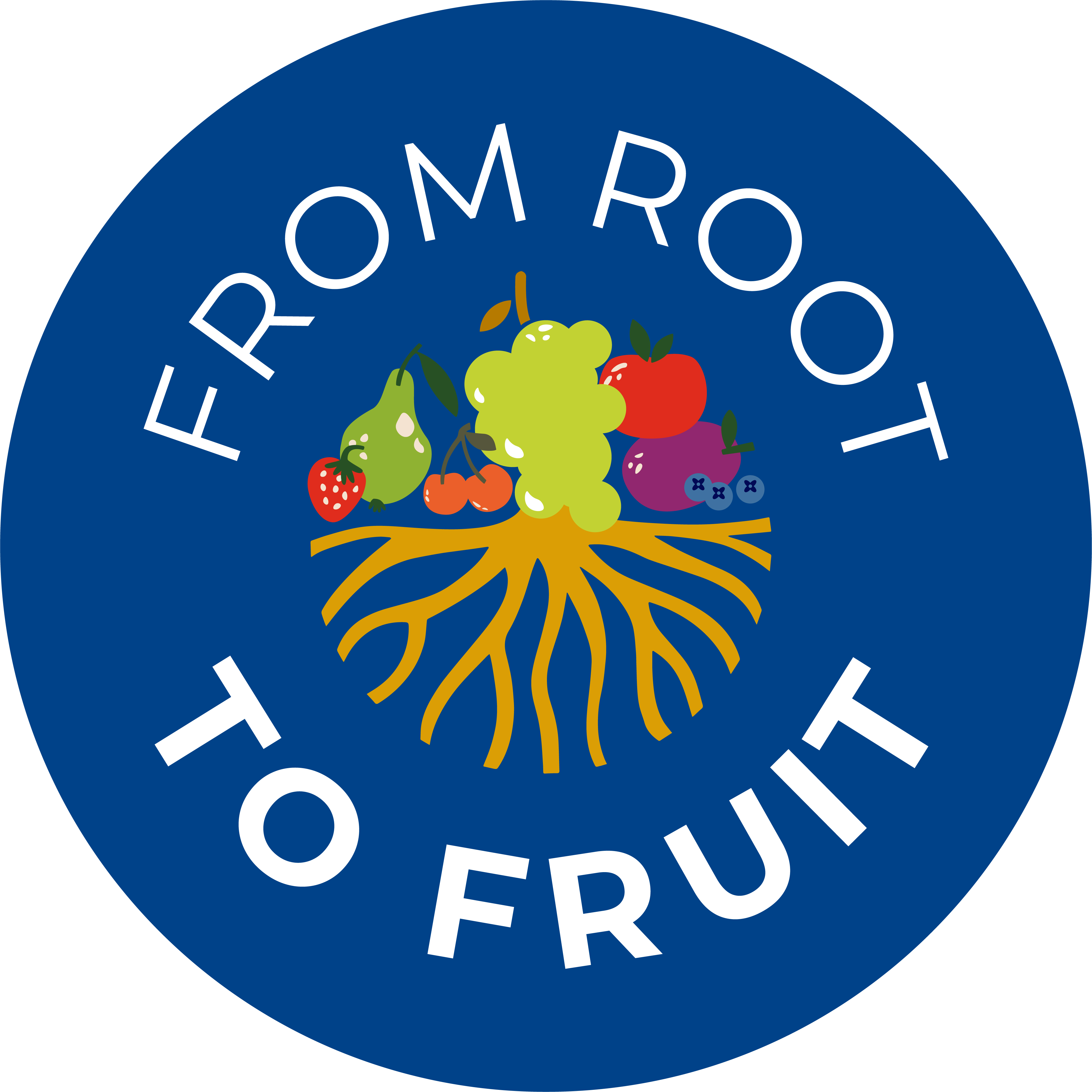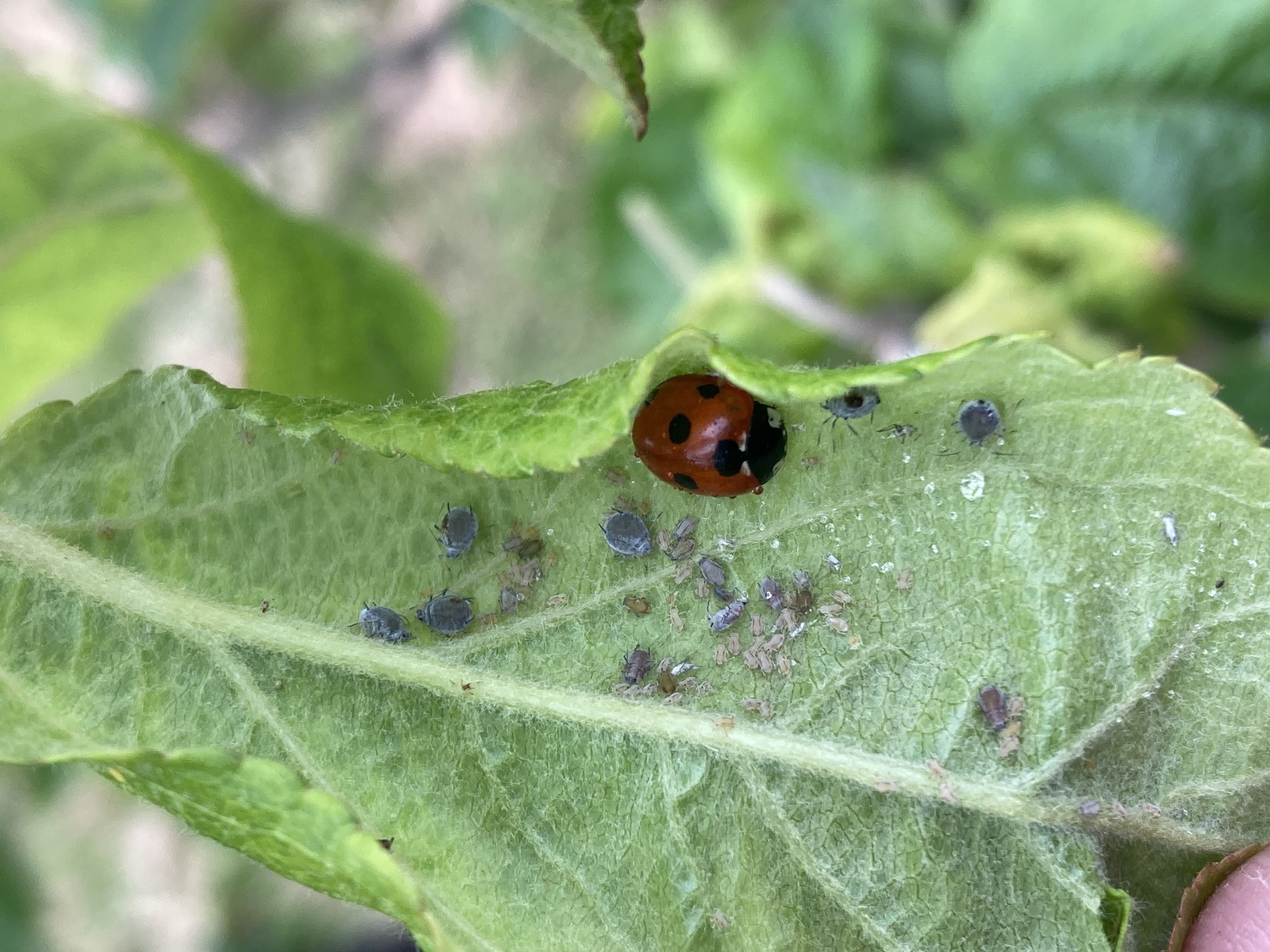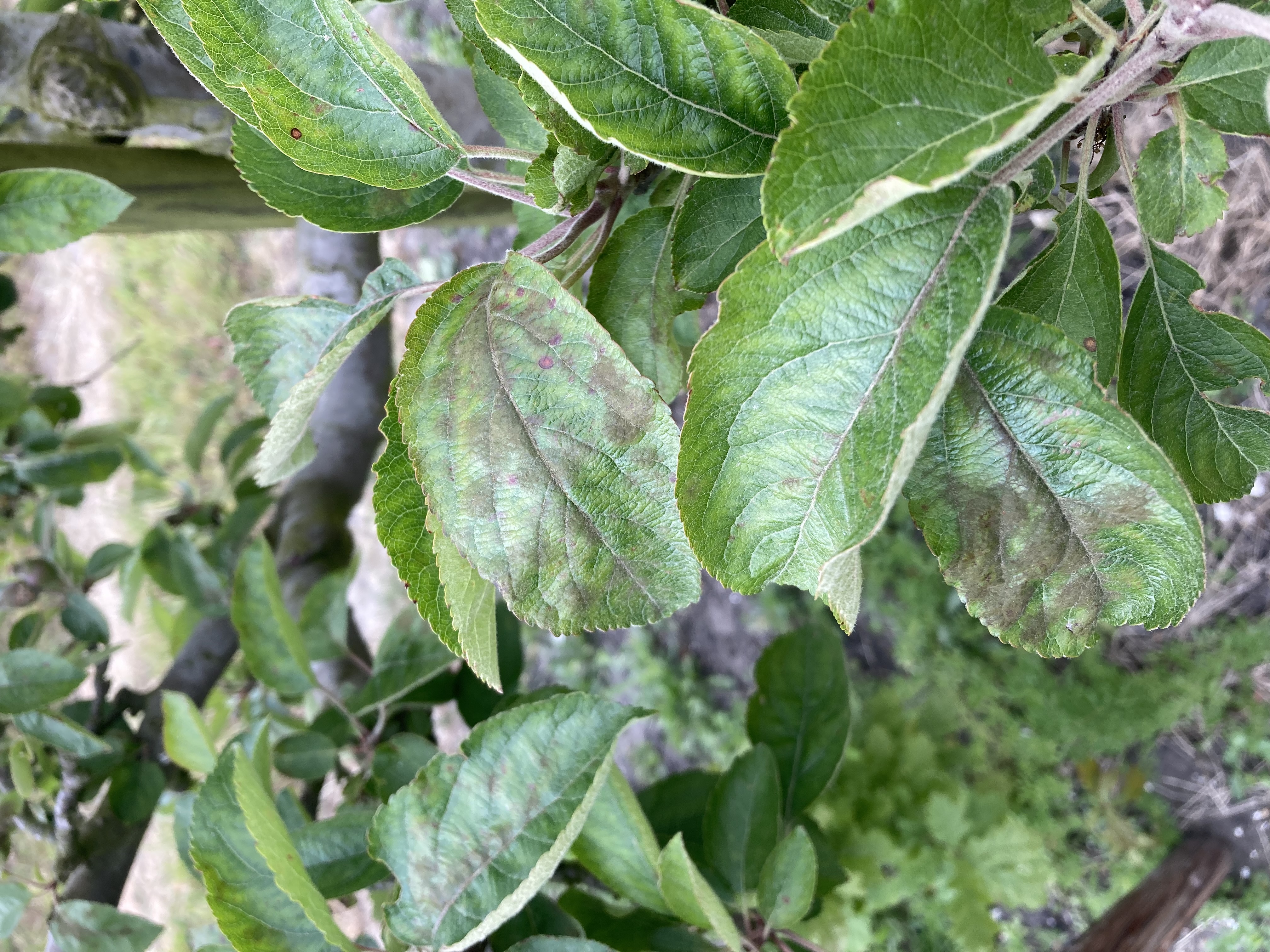Good disease and pest control paves way to successful harvest
Agrovista agronomist Fokion Chatziavgerinos reviews some key tasks coming up in top fruit orchards and vineyards this spring and early summer
A cold spell during the first half of March slowed bud development on fruit trees.
On apples, as temperatures are picking up and buds are progressing, scab becomes the most important issue. Rain events cause ascospore releases, triggering the risk of primary scab infection.
It is very important to select fungicide products with good efficacy and to use the Fruit Insight model to assess scab risk and time applications effectively. Apply suitable protectants before the scab event or partner with an eradicant if the application is made after the risk event.
Timely application of eradicant products is important to ensure their efficacy. Include different modes of action in the fungicide programme to minimise the risk of selecting resistance. For more information about product choice during primary scab season you can ask your Agrovista Fruit agronomist.
Assess disease risk and pollination
Powdery mildew risk increases as the season progresses and extension growth develops. Product choice should be based on risk and modes of action.
Approaching blossoming time, growers also need to consider Neonectria canker protection, as well as blossom wilt and storage rots.
Good pollination is crucial to ensure successful fruit set. Honey bees and naturally occurring pollinators need to be protected, so we need to be mindful of applications during blossom. Bumblebees are effective pollinators even in poor weather conditions. Natupol hives from Koppert can be introduced to boost pollination in adverse conditions and for challenging varieties.

Pest control
When it comes to pests, rosy aphid is one of the most important, with multiple generations in a season. Timely applications and adequate product choice are key for effective control, using products with contact or systemic activity as appropriate. For the best outcome, it is necessary to achieve good coverage.
Keep monitoring for red spider mite eggs (spurs), woolly aphid and apple blossom weevil (threshold is five adults per 50 samplings and overwintering caterpillars (threshold is 5% of the trusses infested).
Where sawfly historically has been a problem, install traps to monitor pressure. Control should be applied after petal fall – our Fruit Insight model shows the optimum time.
During petal fall, start looking for capsid and Rhynchites weevil, which can lead to important damage on fruit. Batavia is a fully systemic, selective insecticide providing effective control of a range of sucking pests, including rosy aphid, woolly aphid and spider mite. For best results discuss the timing and application details with your agronomist.


Top fruit
On pears, pear sucker nymphs will start emerging soon. Consider a control strategy as populations can build rapidly. Monitor for pear weevil emergence using beating method to assess pressure and to decide the best approach for control.
Aphids (pear parsnip, pear coltsfoot and black bean) can be a localised problem. Control is recommended when 2-3 clusters per tree are infested, although there is no official threshold.
During flowering, fruit set and early development, trees require adequate levels of nutrients. A well-formulated, robust foliar feed programme that includes macro and micronutrients, such as the Agrovista range, will support fruit set and development of fruitlets. Calcium is the building block of cell walls so is important for fruit development and skin finish.
Vines
On vines, at woolly bud to bud burst stages make the standard applications of copper and sulphur for pest and disease control. Potassium phosphonate products can be a great add-on from 5-leaf stage to improve root performance for nutrient uptake and to prime natural defence mechanisms.
When downy and powdery mildew risk is significant, we recommend starting applications with robust products. It is important to follow FRAC (Fungicide Resistance Action Committee) guidelines to reduce the risk of resistance development.
Furthermore, avoid using routine spraying intervals, but adapt your applications based on the risk models and weather patterns.
Up to the flowering stage, vines rely on carbohydrates accumulated and stored during the previous season. Apart from standard NPK, macronutrients such as boron, zinc and molybdenum will improve flowering and eventually fruit formation, whereas calcium enhances berry skin strength.
For more detailed advice on disease and pest control consult with your Agrovista Fruit agronomist. With the right management, this season can lead to healthy fruit and a successful harvest.
Fokion Chatziavgerinos joined Agrovista’s highly regarded team of fruit specialists in 2021. Key interests include integrated pest management, plant pathology and fruit tree nutrition.


